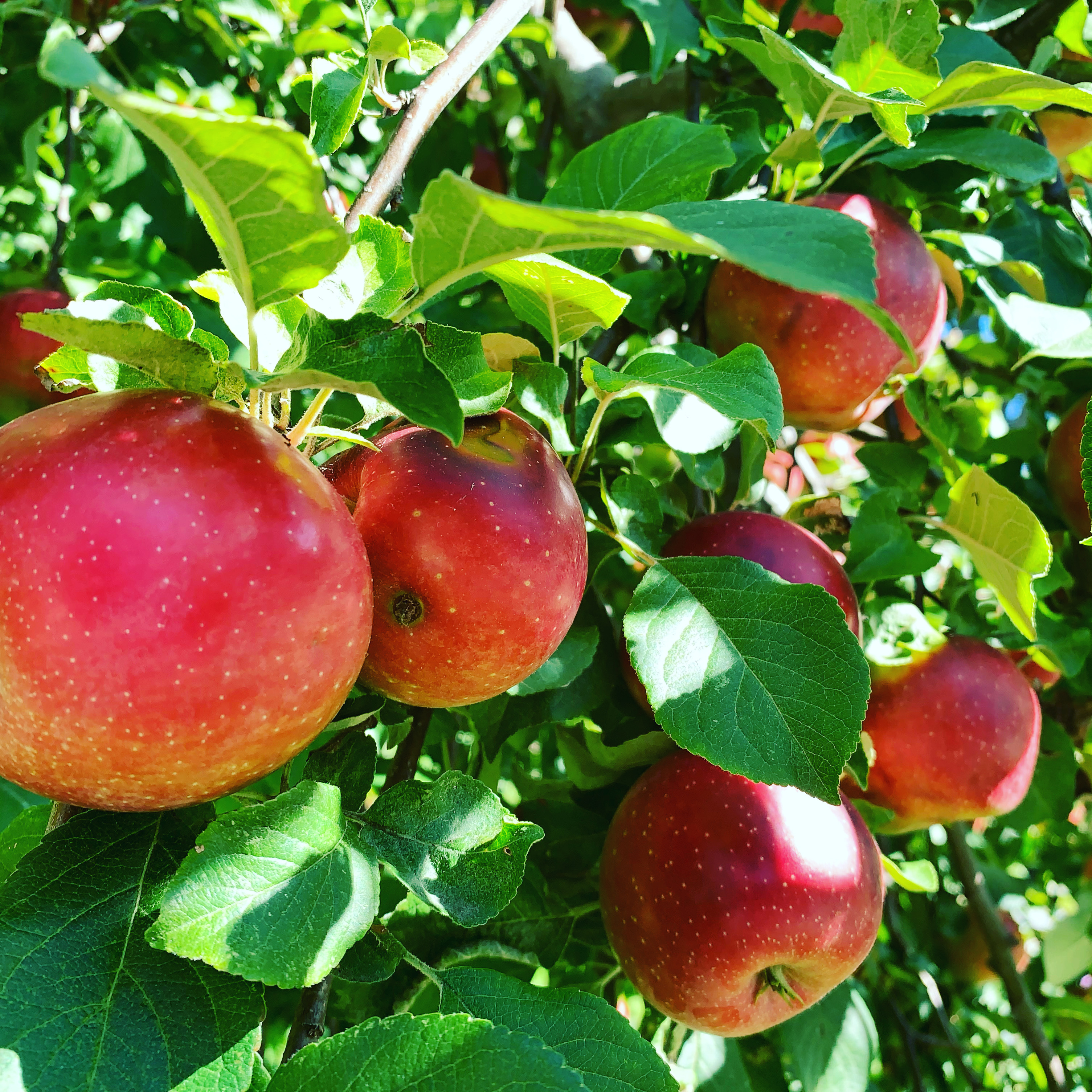
February 7, 2022 | Montpelier, VT - As with many societal challenges we have all faced in the past two years, the pandemic uncovered vulnerabilities in Vermont’s food system, while at the same time highlighting our capabilities and strengths. In response, Governor Scott appointed a Commission on the Future of Vermont Agriculture to grow our food economy.
The Governor appointed 12 citizen Commissioners to study the issues and propose solutions, and appointed Secretary of Commerce and Community Development Lindsay Kurrle and Secretary of Agriculture, Food and Markets Anson Tebbetts as co-chairs to lead the charge.
The Commission’s work was framed by the heightened awareness that Vermont needs to both appreciate, and address, the critical importance of Vermont farms and local food. The annual economic output of Vermont’s entire food system is approximately $11.3 billion. As its first year of inquiry draws to a close, the Governor is releasing the Commission’s report with its recommendations to stimulate rural Vermont farm and food production and provide better access to local food. The report, delivered to the Governor in November of 2021, helped shape the Administration’s budget proposal to the Vermont Legislature for Fiscal Year 2023.
Governor Scott noted, “This comprehensive report highlights the value of investing in Agriculture and our food system. I thank members of the Commission for focusing on strategies that ensure we can feed our people while growing our rural economy. The pandemic has repeatedly challenged us, but we now have access to a rare infusion of resources that can strengthen our agricultural infrastructure and help us innovate and rebuild.”
In creating the report, the Commissioners shared their ideas, and tapped the expertise of young farmers, members of the public, and organizations working on environmentally sound farming practices, climate adaptation and resilience, and diversity. Some of the highlights:
- Vermont is a small state defined by its rural character, but its population and land management practices are changing. Vermont’s iconic brand is defined by agriculture; even though the state is evolving, our red barns, green valleys, black and white cows, and open pastoral lands are still appreciated by Vermonters and help attract visitors and new entrepreneurs to our State.
- Agriculture is a principal engine for Vermont’s rural economy. Small towns cannot thrive without economic opportunity and agricultural innovation; open land must offer Vermonters a sustainable living, or it is vulnerable to development or under-utilization.
- Dairy remains essential to Vermont’s agricultural future. While dairy farms were once ubiquitous, Vermont’s dairy farms still generate approximately 70% of the State’s agricultural sales and utilize over 80% of its working land.
- Times change, and Vermont food and agriculture needs to grow, attract new and diverse farmers and workers, and adapt. Vermont farmers are adapting, diversified businesses are on the rise, value-added producers are evolving and responding to market opportunities, farmers markets are popular, many Vermonters are passionate about their landscape and local food, and the Vermont brand is robust.
Commission Co-Chair Secretary Kurrle noted, “The Commission’s overarching mission is to help ensure that Vermont remains a vibrant agricultural state. It found that while Vermont agriculture is resilient, it needs attention and care.”
Secretary Tebbetts added, “The Commission reiterated that investment in a robust agricultural sector is essential to supporting Vermont’s residents, building its rural economy, employing its citizens, drawing visitors, and maintaining Vermont’s unique character and beauty.”
Moving forward, the Commission will engage the Legislature and all Vermonters on strategies to realize Vermont’s goals.

